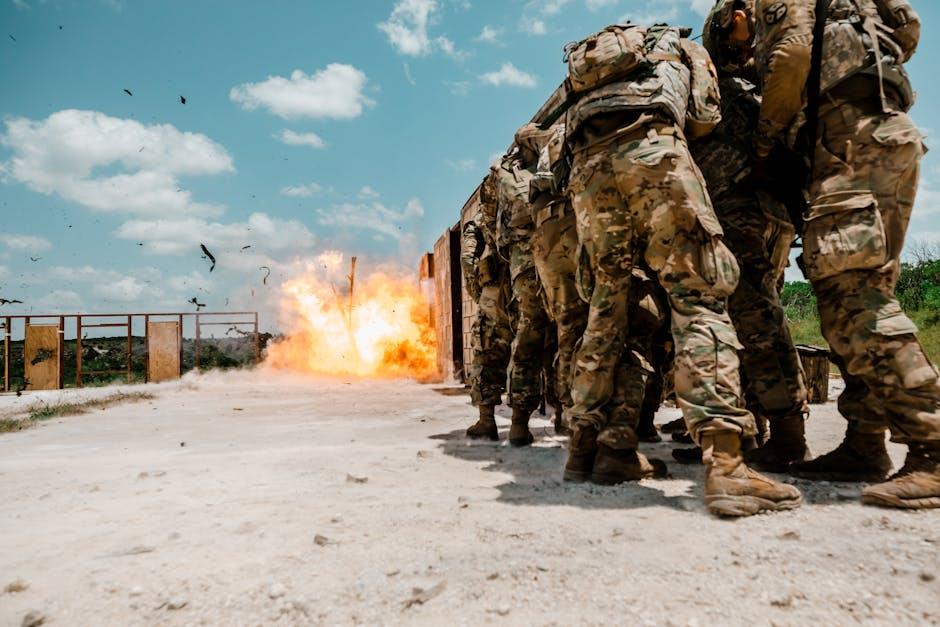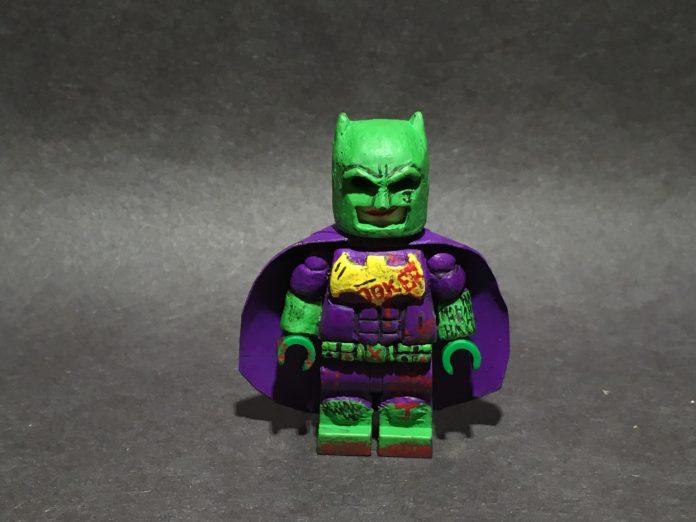In a cinematic landscape saturated with superhero tropes and formulaic plots, “The Suicide Squad” emerges as a renegade force, shattering conventions and redefining the boundaries of its genre. This film, a bold reimagining of the anti-hero narrative, doesn’t merely tiptoe around the edges of innovation; it plunges headfirst into uncharted waters, bringing with it a whirlwind of chaos, charisma, and creativity. Under the visionary direction of James Gunn, “The Suicide Squad” transcends its comic book origins, crafting a narrative that is as unpredictable as it is exhilarating. In this article, we embark on a deep dive into the intricate mechanics of how “The Suicide Squad” reinvents its genre, exploring the alchemy of storytelling, character development, and visual artistry that sets it apart in a crowded cinematic universe. Prepare to unravel the audacious layers of a film that defies expectations and redefines what it means to be a hero—or a villain—in the modern age.
Reimagining Antiheroes: A New Dawn for Supervillain Narratives
In a cinematic landscape often dominated by clear-cut heroes and villains, The Suicide Squad emerges as a groundbreaking exploration of the antihero narrative. By embracing the complex moral ambiguity of its characters, this film challenges traditional genre conventions. Director James Gunn takes the audience on a rollercoaster of chaos and camaraderie, where the line between good and evil is not only blurred but often obliterated. This reimagining of supervillains allows viewers to delve into the multifaceted nature of human imperfection, where redemption is as plausible as corruption.
- Character Depth: The film offers a rich tapestry of character backstories, each providing a unique lens into their motivations and moral dilemmas.
- Narrative Innovation: It defies the typical linear progression of superhero tales, opting instead for a fragmented, yet cohesive storytelling approach that mirrors the chaotic nature of its protagonists.
- Visual and Stylistic Boldness: The film’s vibrant aesthetics and audacious action sequences are complemented by a soundtrack that underscores its irreverent tone.
In this new dawn of supervillain narratives, The Suicide Squad does more than entertain; it invites introspection on the nature of heroism and villainy, making it a pivotal piece in the evolution of modern storytelling.

Cinematic Storytelling: Crafting Chaos with Purpose
In The Suicide Squad, director James Gunn skillfully weaves a tapestry of chaos that is both mesmerizing and meticulously orchestrated. The film embraces its anarchic nature, not as a mere spectacle, but as a storytelling device that challenges traditional superhero narratives. Through a series of seemingly disjointed events, Gunn crafts a narrative that is rich in unpredictability yet grounded in purpose. This approach allows for a deeper exploration of character development, where even the most seemingly insignificant actions carry profound weight.
- Non-linear Storytelling: By shuffling timelines and events, the film creates a sense of disarray that mirrors the chaotic nature of its characters.
- Character-driven Chaos: Each character’s backstory and motivations are intricately woven into the narrative, providing depth amidst the disorder.
- Visual Symbolism: Bold, vibrant visuals are not just for aesthetic appeal but serve to underline thematic elements of unpredictability and redemption.
This deliberate crafting of chaos serves a dual purpose: to entertain and to provoke thought. Gunn’s approach transforms what could be mere pandemonium into a sophisticated narrative device, ultimately redefining the superhero genre’s boundaries.

Visual Spectacle: Elevating Aesthetic and Action to New Heights
In a cinematic landscape often saturated with formulaic action sequences, “The Suicide Squad” emerges as a beacon of innovation, transforming its genre through a dazzling display of visual artistry and kinetic energy. Director James Gunn weaves a tapestry of explosive imagery that captivates the senses, blending vibrant color palettes with meticulously crafted set pieces. This film doesn’t just present action; it orchestrates it, drawing audiences into a world where every explosion is a brushstroke on a canvas of chaos.
- Bold Cinematic Choices: The use of contrasting colors not only heightens tension but also serves as a narrative tool, guiding viewers through the story’s emotional peaks and valleys.
- Dynamic Camera Work: Gunn’s dynamic camera movements immerse viewers in the action, offering a visceral experience that feels both intimate and grandiose.
- Innovative Special Effects: The film’s commitment to practical effects, paired with cutting-edge CGI, creates a seamless blend of reality and fantasy.
By pushing the boundaries of what visual storytelling can achieve, “The Suicide Squad” redefines its genre, offering a fresh take that is both aesthetically pleasing and adrenaline-pumping. It is a masterclass in how to elevate action cinema to an art form, proving that spectacle can indeed coexist with substance.

Character Dynamics: Building Depth Beyond the Stereotype
In “The Suicide Squad,” the narrative strength lies in its ability to craft multidimensional characters that break free from their expected archetypes. Instead of relying solely on their traditional roles as villains or anti-heroes, the film delves into their complexities, exposing vulnerabilities, personal motivations, and intricate backstories. This approach allows characters like Bloodsport and Ratcatcher 2 to evolve beyond their perceived personas, showcasing their internal struggles and unexpected alliances. This nuanced character development is achieved through clever dialogue, flashbacks, and interactions that reveal their humanity.
- Bloodsport: His journey from a hardened mercenary to a reluctant leader is underscored by a deep-seated sense of responsibility.
- Ratcatcher 2: Her empathy and unique ability to communicate with rodents provide a refreshing contrast to the chaos surrounding her.
- Polka-Dot Man: A character that initially seems absurd becomes a tragic figure, wrestling with past trauma and a desire for acceptance.
By focusing on the emotional arcs and interpersonal dynamics, “The Suicide Squad” reinvents its genre, transforming what could have been a conventional ensemble into a vibrant tapestry of interconnected stories. This depth ensures that the audience is not merely entertained by the spectacle, but also invested in the fate of each character, making their victories and losses resonate on a more profound level.



